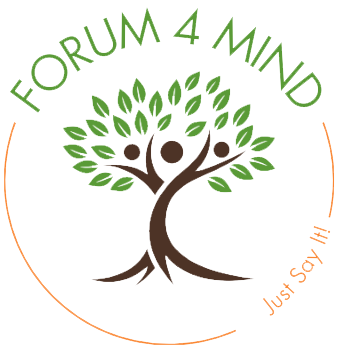Tantrums, whether exhibited by children or adults, share commonalities in their emotional expressions.
While children may showcase
tantrums through actions like
throwing toys, screaming,
shouting, or physical expressions
like pinching and crying, adults
often exhibit mood swings, door
slamming, yelling, crying, or maintaining silence. Despite the differences in
presentation, the root lies in an inability to openly articulate and comprehend one's
emotions.


The manifestation of such behaviours tends to persist unless addressed
appropriately. In both children and adults, the aftermath might involve shouting,
prolonged silence, or avoidance. The cyclic nature of this behaviour results in a lack
of resolution, leading to heightened frustration or anger. For children, this learned
behaviour becomes a means to achieve desired outcomes, while adults may
inadvertently reinforce their patterns over time again to achieve the desired outcome.
Both are unhealthy and terrible for one’s mind health.
Breaking this cycle necessitates early intervention. When dealing with a child,
adopting a calm approach by getting down to their level, making eye contact, and patiently allowing them to express their emotions is crucial. Shouting at a child tends
to exacerbate the situation, whereas a quiet and empathetic response encourages
emotional regulation. If needed, a comforting hug can provide solace, followed by a
constructive conversation about why certain behaviours are unacceptable.
Similar principles apply to teens and young adults. Engaging them in a calm
dialogue, assuring them of your willingness to listen, and discouraging impulsive
reactions like sending them to their rooms contribute to healthier communication.
Allowing emotions to settle overnight before revisiting the issue ensures a clearer
perspective the next day. Expressing love and understanding, even when emotions
run high, reassures them of your support and fosters a more constructive resolution.
Here are some additional tips for dealing with tantrums in both
young children and adults:
1. Stay Calm:
Keep your own emotions in check.
Responding with anger or frustration can intensify the situation.
2. Validate Feelings:
Acknowledge the person’s emotions.
Let them know that it’s okay to feel angry or upset.
3. Use a Calm Voice:
Speak in a calm and soothing tone.
A gentle voice can help diffuse tension.
4. Offer Choices:
Provide options when possible, to empower the person and give them a sense of control.
For children, this could be offering choices in activities or snacks.
5. Encourage Self-Calming Strategies:
Teach and encourage the use of self-calming techniques such as deep breathing, counting to ten, or taking a short break.
6. Reflect and Learn:
After the tantrum has passed, take a moment to reflect on what might have triggered it. This can help in finding proactive strategies to prevent future outbursts.
Keep your own emotions in check.
Responding with anger or frustration can intensify the situation.
2. Validate Feelings:
Acknowledge the person’s emotions.
Let them know that it’s okay to feel angry or upset.
3. Use a Calm Voice:
Speak in a calm and soothing tone.
A gentle voice can help diffuse tension.
4. Offer Choices:
Provide options when possible, to empower the person and give them a sense of control.
For children, this could be offering choices in activities or snacks.
5. Encourage Self-Calming Strategies:
Teach and encourage the use of self-calming techniques such as deep breathing, counting to ten, or taking a short break.
6. Reflect and Learn:
After the tantrum has passed, take a moment to reflect on what might have triggered it. This can help in finding proactive strategies to prevent future outbursts.

In essence, addressing tantrums, whether in children or adults, involves empathetic understanding, patient communication, and the cultivation of emotional regulation skills. Breaking the cycle early on and fostering open dialogue contribute to healthier relationships and emotional well-being.
Forum 4 Mind is the bridge to help overcome these problems, reinforcing values and
rules allow clarity however, talking and allowing open dialogue helps a family grow in
understanding that everyone is different, and all perspective need to be heard and
many times changes need to be put into place. Learn the art and skill of forum 4
mind subscribe today.
